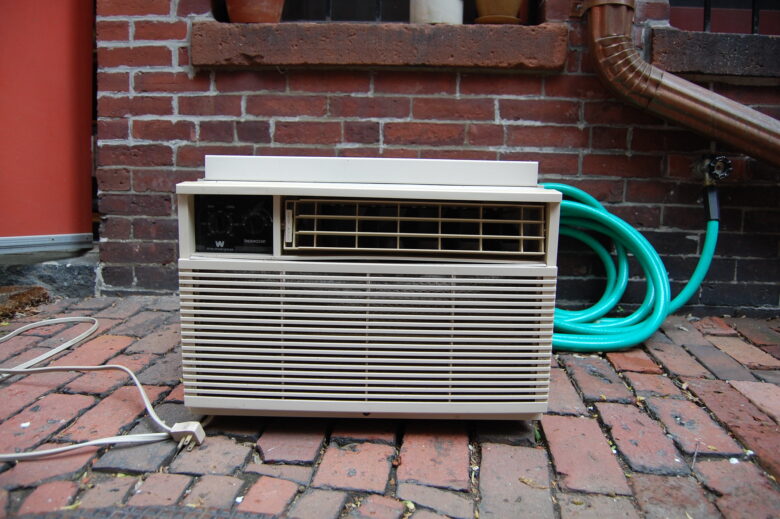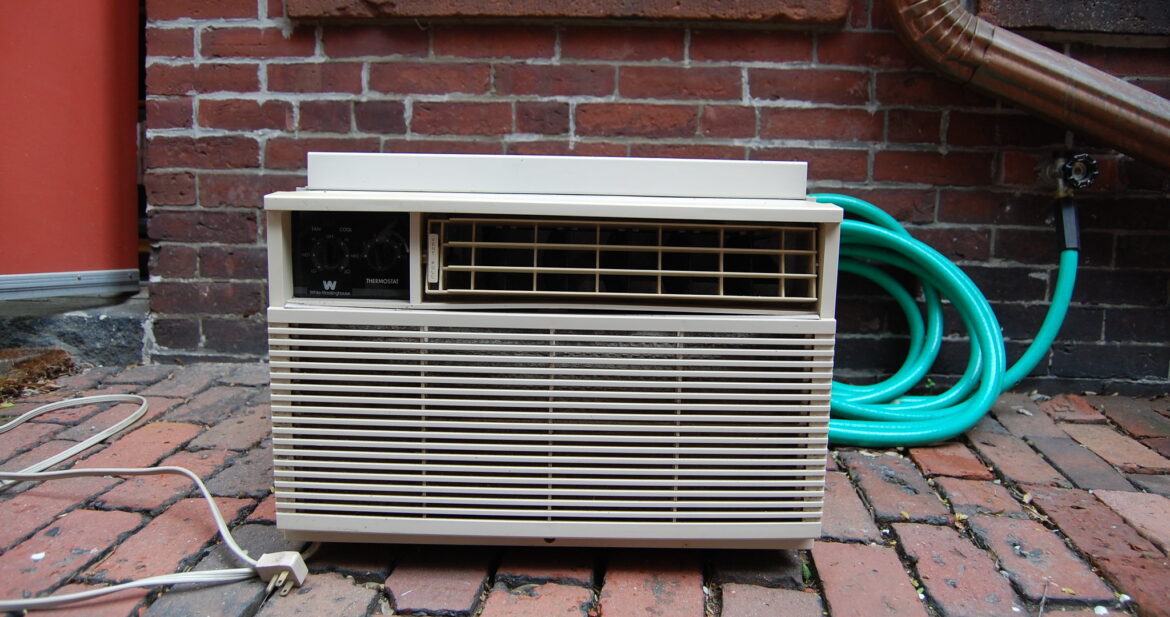
Mold growth, which can be dangerous and hazardous to your health, should be removed as soon as you find it. Mold can grow almost anywhere inside your home if the conditions are right. This fungus tends to grow in locations that are dark and damp. Spores can get picked up and settled elsewhere, which can then grow into large fungal populations. So how can you prevent mold in your home, and wouldn’t it be nice if it could be prevented with the flick of a switch? Well, it can. Air conditioning is a simple and easy way to prevent mold growth. It does not have to invade and ruin your home–prevent growth in your home by turning down the thermostat.
Where Can Mold Grow?
It can grow almost anywhere: your basement walls, behind drywall, inside the air conditioner, behind objects, inside boxes, and so on. Mold will grow anywhere there is an abundance of dampness and little light. The real danger is that mold tends to grow in places you would not normally see it, which makes it hard to find and an ever bigger health hazard.
Spores, if stirred up, can cause breathing problems. Over time, exposure can lead to serious health problems that could be irreversible. The key is to eliminate areas where mold can grow, and your first order of business is to eliminate dampness around your home.
How to Prevent Mold Growth
Again, preventing growth is as easy a flip of a switch. Cool dry air, which air conditioners produce, is the perfect way the prevent against mold growth. If you want to eliminate growth, cut down on the humidity. According to the CDC, ventilation includes air exchanges and air circulation, limited ventilation in most basements leads to damp, stagnant, smelly air, and will eventually lead to mold growth. It is best, according to Branch Environmental, Inc. to keep the humidity inside your home somewhere at 70% or lower. Having high humidity creates a favorable environment for mold growth.
Air Conditioning Ducts
If you have kept your air conditioner off for some time, it is best to have the ducts cleaned out in case they contain spores. While air conditioning helps to prevent growth, it only works that way as long as it is running. If the air conditioner is off, then it houses a great environment for mold growth because of the warm, damp and dark ducts. The real danger is if you were to turn your air conditioner on, the mold spores would be stirred up immediately, causing them to become airborne and settle elsewhere, resulting in further mold growth.
Overall, air conditioning is important in preventing the problem. If your air conditioner is currently not working, consider having it fixed. Repairing your Central Air Conditioning Unit will prevent spores from forming and getting spread throughout your home. Your biggest defense is eliminating moisture inside your home. That moisture is in the form of humidity, which air conditioning eliminates. You should not have to suffer the health consequences of mold spores, so turn that thermostat down.
This article was contributed on behalf of AC-Houston, your number one choice when looking for air conditioning repair in Houston. Check out their website today at www.ac-houston.com

Leave a Reply